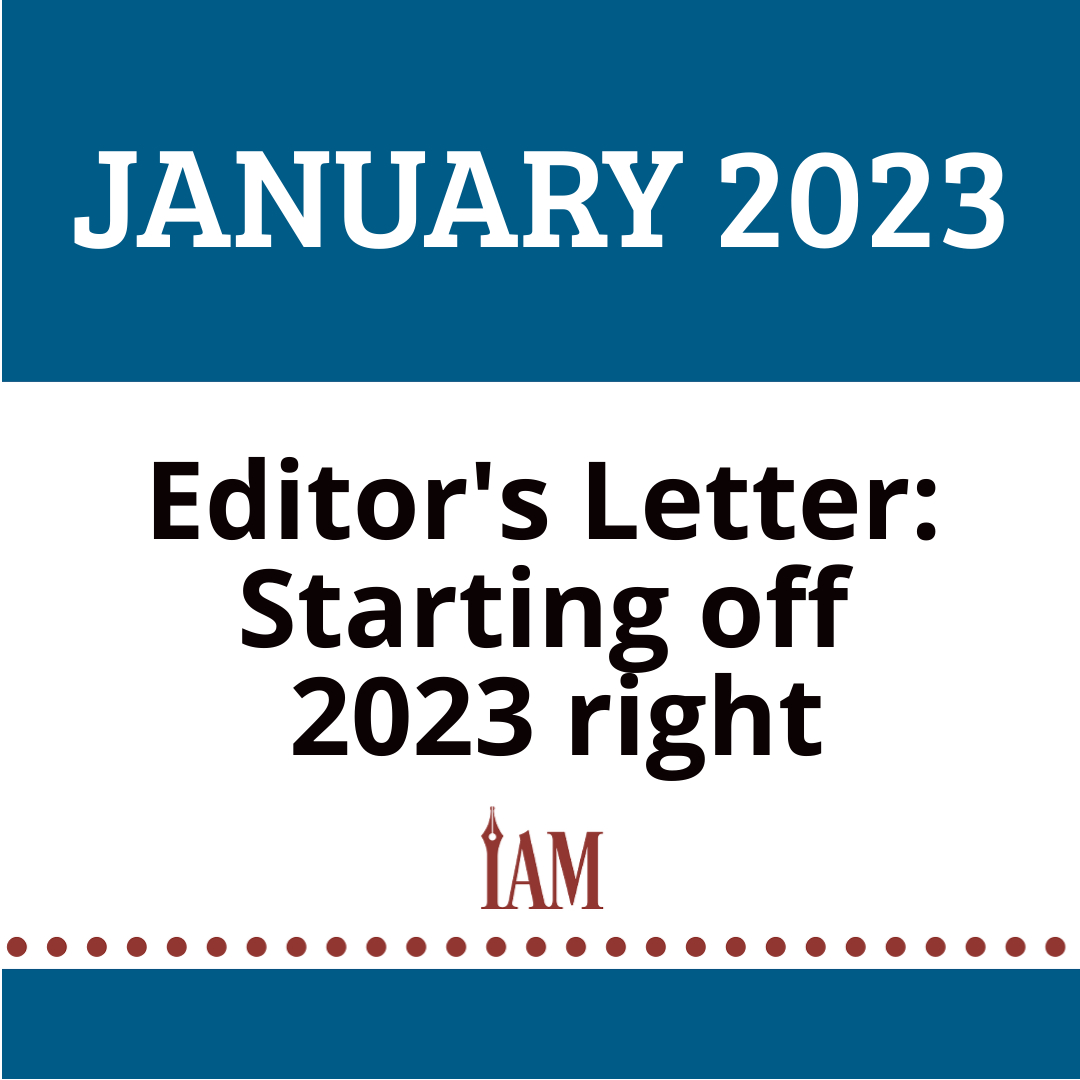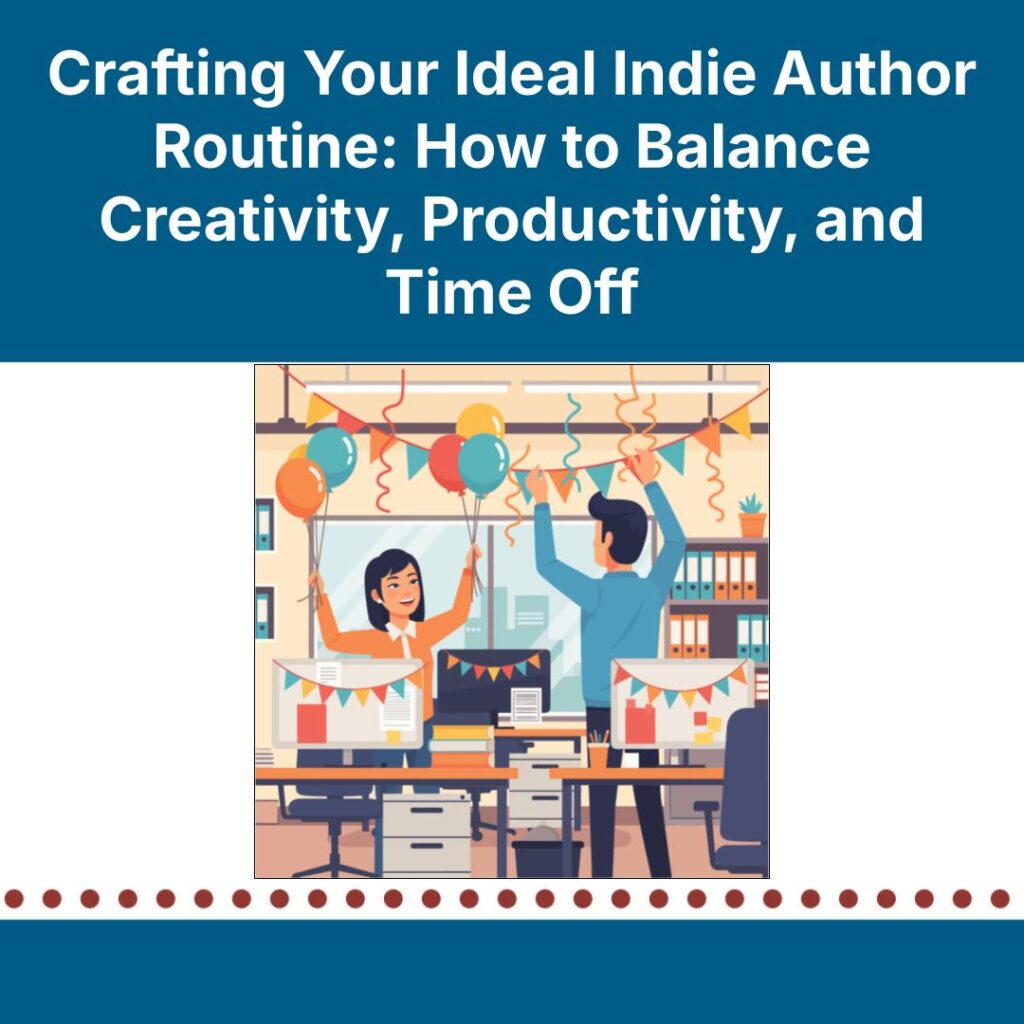I have an honest confession to make: I’ve been staring at my computer for a few minutes now, trying to figure out what I want this letter to say.
I’ve fallen victim to the Curse of the Blank Page plenty of times. When editing is part of your day job, it makes it difficult to turn off your inner critic and get words down. Or maybe that’s just the excuse I use to sneak the red pen into my own first drafts. Having an outline helps—I’m a plotter, through and through—but it’s not always the perfect answer either. Suffice it to say, as I think about how to start this first letter in the first issue of a new year, I’m not surprised to be staring at a blinking cursor.
Perhaps you’ve had the same feeling recently. The beginning of a new year is a blank page all its own, filled with so much possibility that it can almost become overwhelming. Projects and events already marked on your calendar. Others you’re hoping will be soon. Still more that you likely haven’t even considered yet. But there’s something I think we often miss, both as authors and as people, when we’re looking ahead at all these unknowns: There’s beauty in a blank page.
That white space, whether it’s the start of a manuscript or the first page in your planner, is infinitely larger than the space it takes up on your desk. But you won’t have to fill it all at once. You can start with a goal, the same way Marti Dumas’ career in publishing began with her dream of gifting her son a book. You can start with an outline—and if plotting helps you feel more prepared at the start of a new story, why not try those same methods to organize your author business too? You can start with a single letter, and before you know it, those letters will fill the page.
All that matters is that you start.
Nicole Schroeder
Editor in Chief






